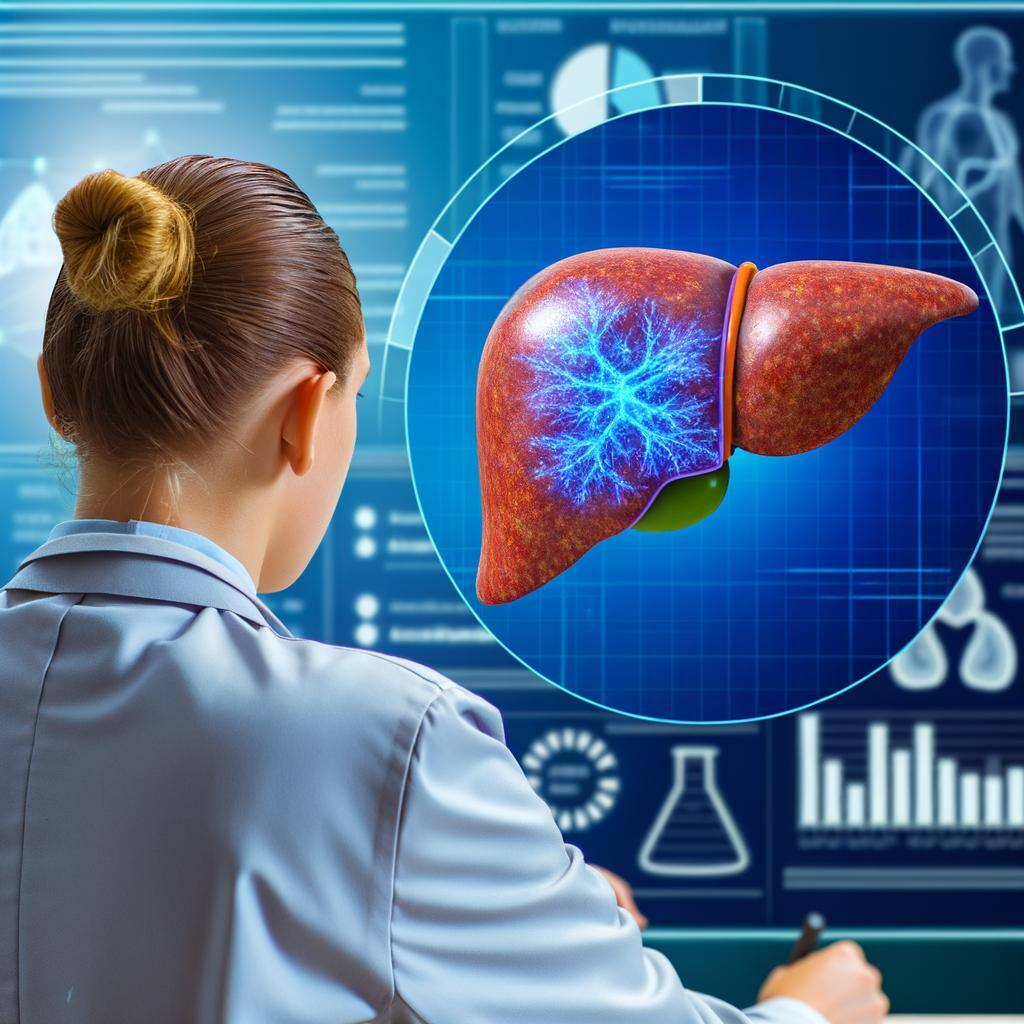A Change in Nomenclature to MASLD and MASH

At the 2023 European Association for the Study of the Liver Congress in Vienna, international liver associations introduced new terminology for fatty liver disease, renaming it steatotic liver disease (SLD).1 SLD is an umbrella term encompassing various causes of fat accumulation (steatosis) in the liver.2
Non-alcoholic fatty liver disease (NAFLD) has been renamed metabolic dysfunction-associated steatotic liver disease (MASLD), which includes patients with hepatic steatosis and at least one of five cardiometabolic risk factors.2,3 In cases where metabolic parameters are absent, the condition is termed cryptogenic steatotic liver disease.4
The severe form of MASLD, formerly known as non-alcoholic steatohepatitis (NASH), is now referred to as metabolic dysfunction-associated steatohepatitis (MASH).
For individuals with MASLD who also consume excessive amounts of alcohol, the condition is now called metabolic and alcohol-related/associated liver disease (MetALD).4
Why the change?
The change in nomenclature aims to adopt more "affirmative" language, avoiding potentially stigmatizing terms such as "non-alcoholic" and "fatty”.4 Additionally, the terms NAFLD and NASH indicate that the diagnoses rely on excluding other causes.
The term NASH was first coined in 1980 to indicate a condition exhibiting the characteristics of alcohol-associated liver disease in people who neither consume alcohol nor have any other liver disease of clinical importance.5 Over the years, significant research has advanced our understanding of these conditions. Research has firmly established the link between NAFLD and various metabolic conditions, and the underlying pathophysiology is now reasonably characterized.6
Implications for clinical research
MASLD is becoming increasingly prevalent, affecting over 30% of adults globally.7 The change in the nomenclature to MASLD and MASH is expected to have significant positive implications for clinical research by:
- Reflecting a more accurate description of the disease
- Empowering the management of different causes of liver disease
- Providing a clearer framework to address liver disease associated with metabolic dysfunction
It is anticipated that changes in the International Classification of Disease (ICD-11) are to follow.8
The Food and Drug Administration (FDA) has indicated that they are open to the use of both the new as well as the previous terminology in regulatory submissions and clinical studies and the change in the nomenclature will not have any impact on clinical drug and biomarker development.8
Potential challenges for clinical research
One potential challenge is the accurate quantification of alcohol consumption to meet the criteria for MetALD, which includes those with MASLD who consume 140 g (for women) or 210 g (for men) alcohol per week. In practice, patients commonly report the number of drinks rather than alcohol in grams.8 The definition of a "standard drink" also varies internationally.8
The term “steatosis” may be medical jargon for many patients and the public, hence the terminology must be clearly explained to the patients.
References
1 EASL: The Home of Hepatology. 2024 June. Multinational liver societies announce new “Fatty” liver disease nomenclature that is affirmative and non-stigmatising. Available at: https://easl.eu/news/new_fatty_liver_disease_nomenclature-2/
2 Rinella ME. Examining the Nomenclature Change From NAFLD and NASH to MASLD and MASH. Gastroenterol Hepatol (N Y). 2023 Nov;19(11):697-699.
3 Rinella ME, Sookoian S. From NAFLD to MASLD: updated naming and diagnosis criteria for fatty liver disease. J Lipid Res. 2024 Jan;65(1):100485. doi: 10.1016/j.jlr.2023.100485.
4 Rinella ME, Lazarus JV, Ratziu V, et al. A multisociety Delphi consensus statement on new fatty liver disease nomenclature. J Hepatol. 2023 Dec;79(6):1542-1556. doi: 10.1016/j.jhep.2023.06.003.
5 Rinella ME, Sookoian S. From NAFLD to MASLD: updated naming and diagnosis criteria for fatty liver disease. J Lipid Res. 2024 Jan;65(1):100485. doi: 10.1016/j.jlr.2023.100485.
6 Loomba R, Wong VW. Implications of the new nomenclature of steatotic liver disease and definition of metabolic dysfunction-associated steatotic liver disease. Aliment Pharmacol Ther. 2024 Jan;59(2):150-156. doi: 10.1111/apt.17846.
7 Miao L, Targher G, Byrne CD, Cao YY, Zheng MH. Current status and future trends of the global burden of MASLD. Trends Endocrinol Metab. 2024 Aug;35(8):697-707. doi: 10.1016/j.tem.2024.02.007.
8 Loomba R, Wong VW. Implications of the new nomenclature of steatotic liver disease and definition of metabolic dysfunction-associated steatotic liver disease. Aliment Pharmacol Ther. 2024 Jan;59(2):150-156. doi: 10.1111/apt.17846.


